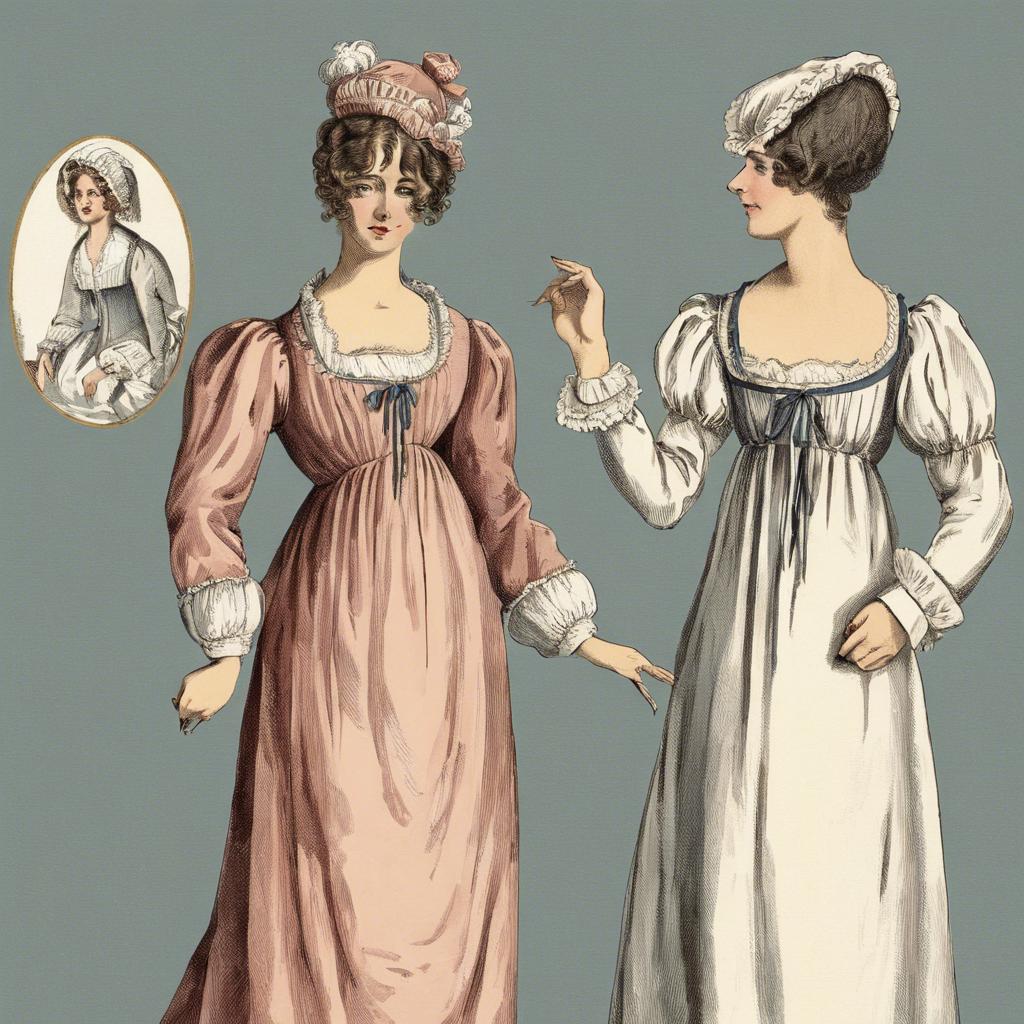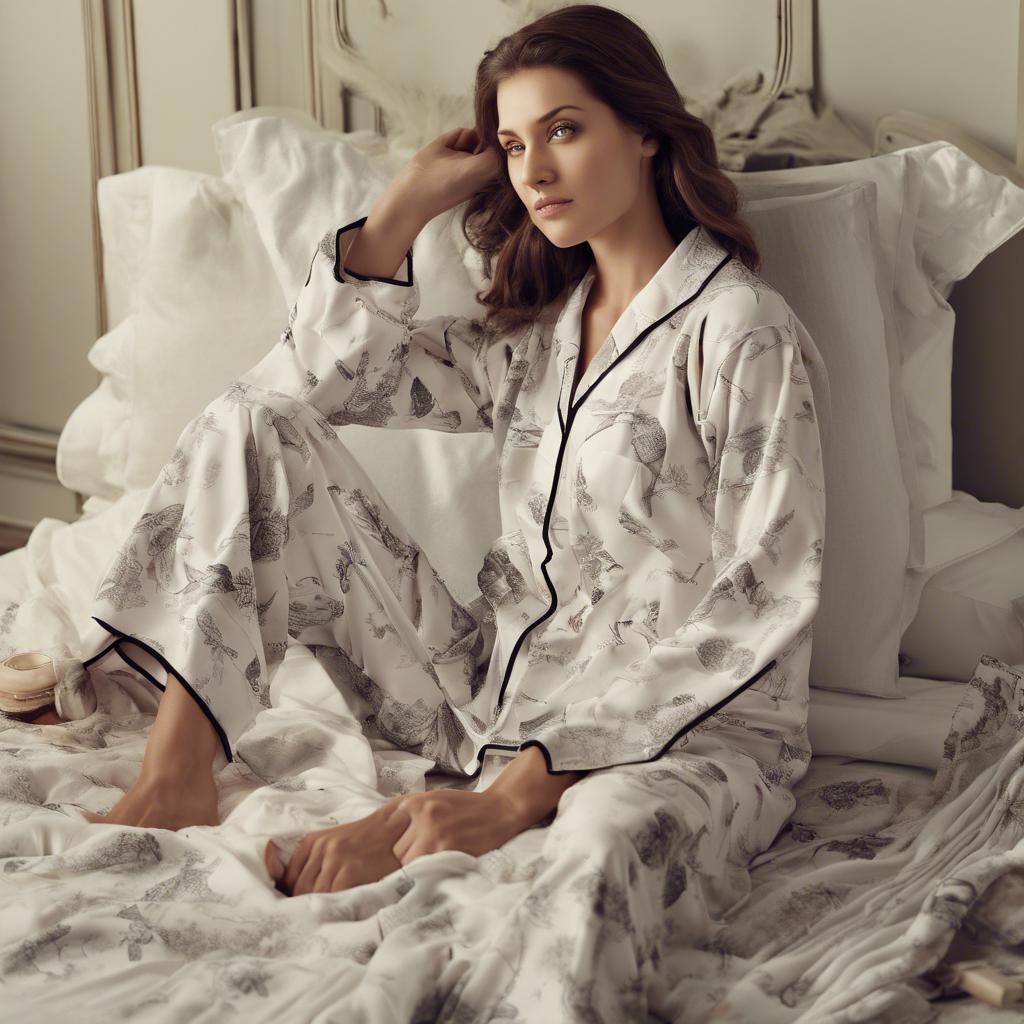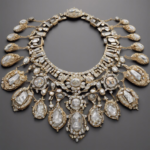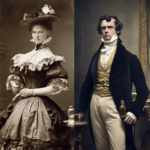During the Regency era, sleepwear played a crucial role in the daily routine of the upper class. In this article, we shall delve into the intricate world of Regency era sleepwear, exploring the garments worn by men and women of the period, as well as the materials and styles that were popular during this time. Join us as we journey back in time to uncover the fascinating history behind Regency era sleepwear.
Step Into the World of Cheryl Bolen
Dive into the enchanting stories of love, intrigue, and elegance set in the Regency Era. Cheryl Bolen's novels offer timeless romance and captivating tales that will leave you wanting more.
Explore Cheryl Bolen's Books Now
– The Evolution of Regency Era Sleepwear: From Practicality to Elegance
In the regency era undergarments men”>early 19th century, sleepwear during the Regency Era evolved from simple, practical garments to luxurious, elegant pieces. Initially, sleepwear was designed primarily for functionality, with loose-fitting gowns made of cotton or linen for comfort and ease of movement during sleep.
As the Regency Era progressed, sleepwear began to reflect the fashion trends of the time. Women’s nightgowns became more fitted and embellished, incorporating elements such as lace, embroidery, and delicate ruffles. Men’s sleeping attire also evolved, with nightshirts becoming more tailored and stylish.
By the end of the Regency Era, sleepwear had transformed into a symbol of luxury and sophistication. Silk, satin, and velvet fabrics were often used for nightgowns, and intricate detailing such as lace trim and ribbon bows added an air of elegance. The evolution of Regency Era sleepwear mirrored the overall shift towards refinement and opulence during this period.
– Fabric and Design: Unveiling the Luxurious Nightgowns and Robes of the Regency Period
The Regency era was known for its exquisite fashion, and that included luxurious nightgowns and robes. Made from the finest fabrics and designed with intricate details, these garments were a symbol of elegance and sophistication.
**Key Features of Regency Era Sleepwear**
- Silk was the fabric of choice, known for its softness and sheen.
- Embroidery and lace were commonly used to embellish the nightgowns and robes.
- Empire waistlines were popular, creating a flattering silhouette for women.
**The Elegance of Regency Era Nightwear**
- Subtle pastel colors like pale pink and lavender were favored for nightgowns.
- Robes featured flowing silhouettes and delicate trimmings.
- Women often wore matching sets of nightgowns and robes for a coordinated look.
– Regency Era Sleepwear Accessories: Caps, Shawls, and Slippers
In the Regency era, sleepwear was not only practical but also stylish. Caps, shawls, and slippers were essential accessories to complete the nighttime attire of the fashionable elite. These accessories were not only functional in keeping the wearer warm and comfortable but also added a touch of elegance to their night-time look.
Caps: Regency era sleep caps were typically made of soft fabrics such as cotton or silk. They were designed to keep the wearer’s head warm during the night while also protecting their hair from tangling. These caps often featured delicate lace trims and intricate embroidery, showcasing the wearer’s attention to detail even as they slept.
Shawls: Shawls were another important accessory in Regency era sleepwear. Made of fine wool or silk, these shawls were draped over the shoulders or wrapped around the body to provide additional warmth during the night. They were often embellished with beautiful patterns and fringed edges, adding a touch of luxury to the wearer’s bedtime ensemble.
Slippers: Regency era slippers were typically made of soft, comfortable materials such as velvet or satin. These slippers were designed to be easy to slip on and off, providing the wearer with added warmth and comfort as they moved around their sleeping chambers. Embroidered with delicate patterns or adorned with intricate bows, these slippers were a stylish finishing touch to the Regency era bedtime attire.
– Recommendations for Recreating Regency Era Sleepwear: Fabrics, Patterns, and Trims
In order to accurately recreate Regency era sleepwear, it is important to carefully select fabrics, patterns, and trims that reflect the style of the period. Fabrics such as lightweight cotton muslin, silk, and soft linen were commonly used for nightgowns and robes during the Regency era. These fabrics not only provide comfort but also lend an air of elegance to the sleepwear.
When choosing patterns for your Regency era sleepwear, look for delicate florals, small prints, and classic stripes that were popular during the early 19th century. Empire waistlines and flowing silhouettes were characteristic of Regency fashion, so opt for patterns that feature these design elements. Incorporating lace and ribbon trims onto the sleepwear can further enhance the historical accuracy of your garments.
To truly capture the essence of Regency era sleepwear, pay attention to the details. Use delicate lace edging, satin ribbons, and small buttons to embellish your garments. Additionally, consider adding pintucks, ruffles, or pleats to add texture and visual interest. By carefully selecting fabrics, patterns, and trims that are true to the Regency era, you can recreate historically accurate and visually stunning sleepwear pieces.
Wrapping Up
the sleepwear of the Regency era was a reflection of the time’s emphasis on elegance, refinement, and modesty. From the luxurious silk gowns of upper-class women to the simple nightshirts of working-class men, each garment served a specific social and practical function. As we look back on this period of history, let us remember the importance placed on nighttime attire and the role it played in shaping the nightly rituals of the Regency era. Let us strive to continue to appreciate the beauty and significance of sleepwear throughout history.


